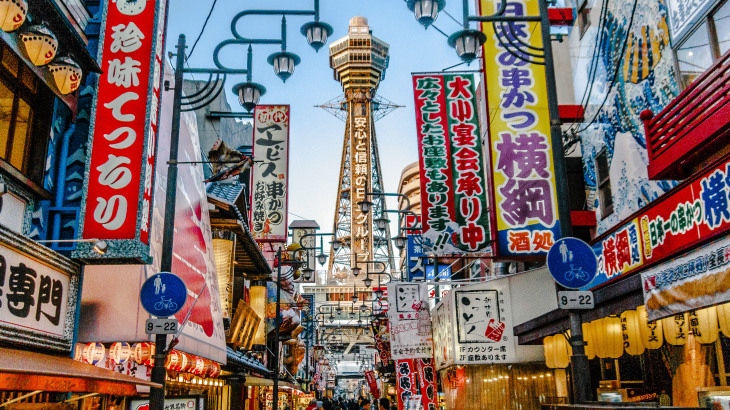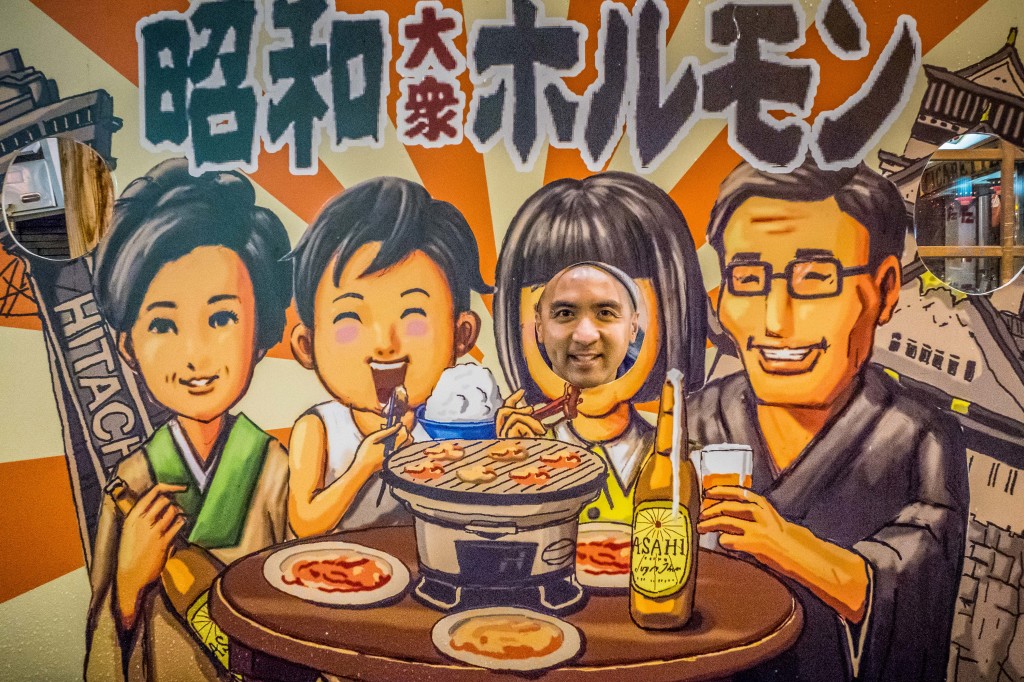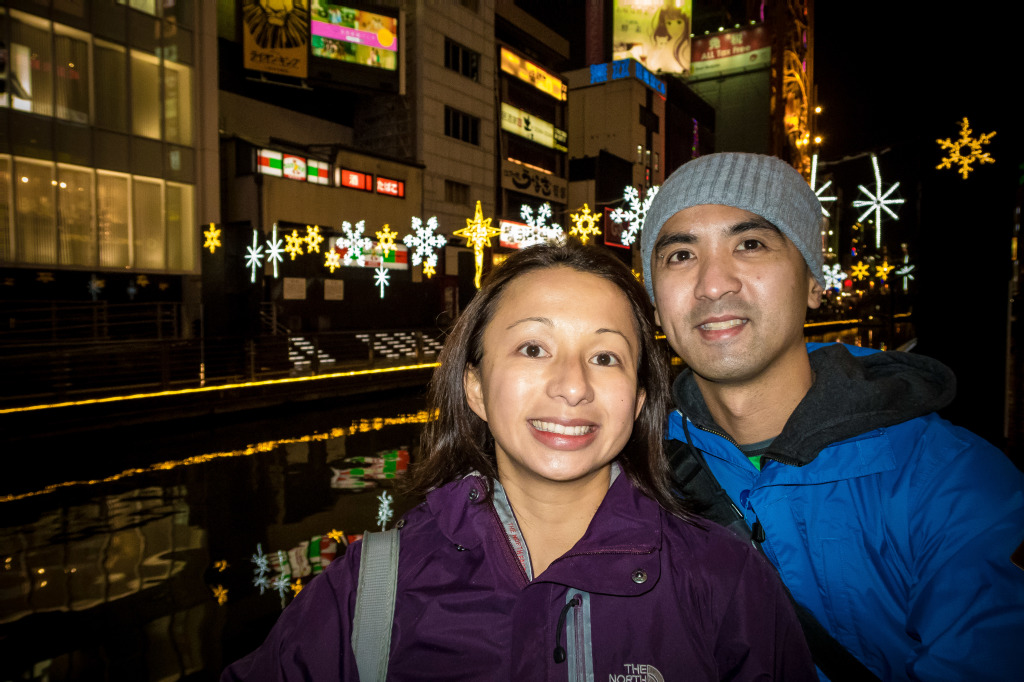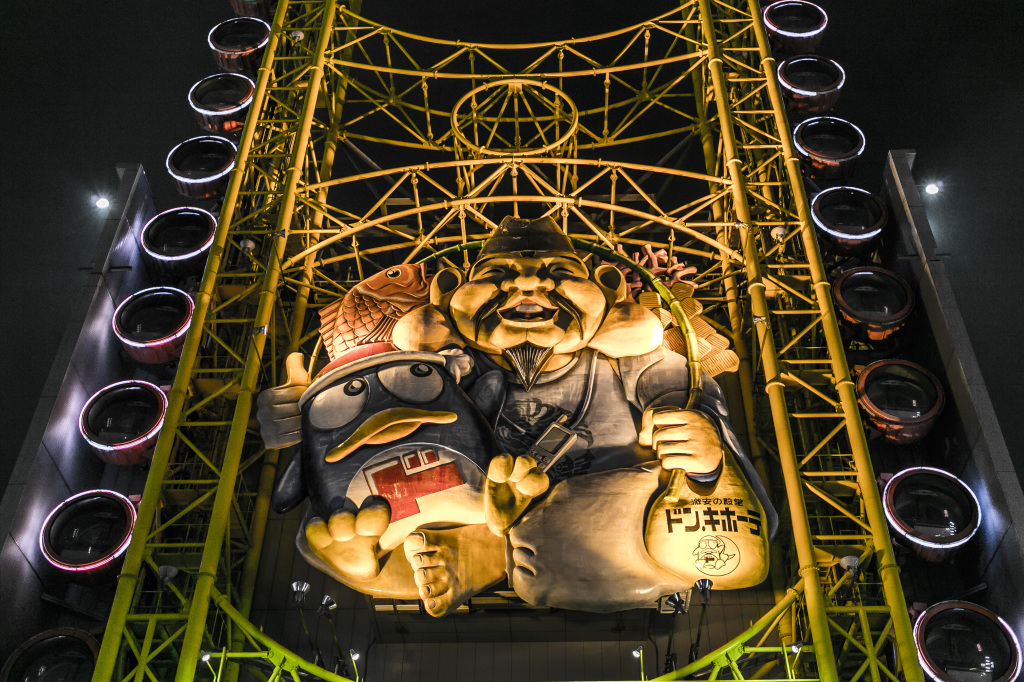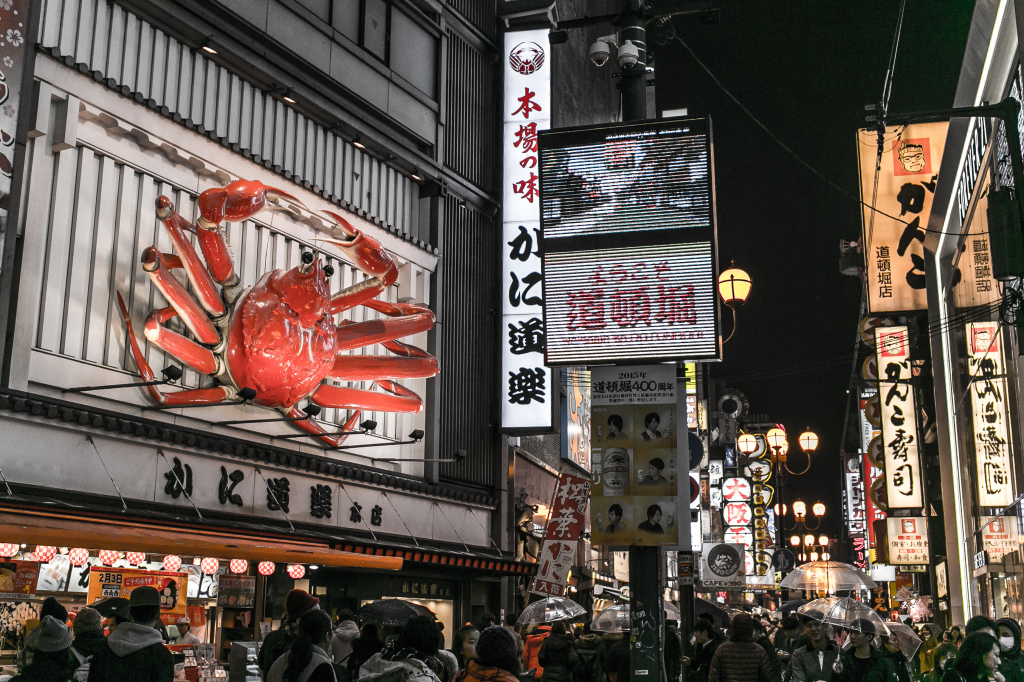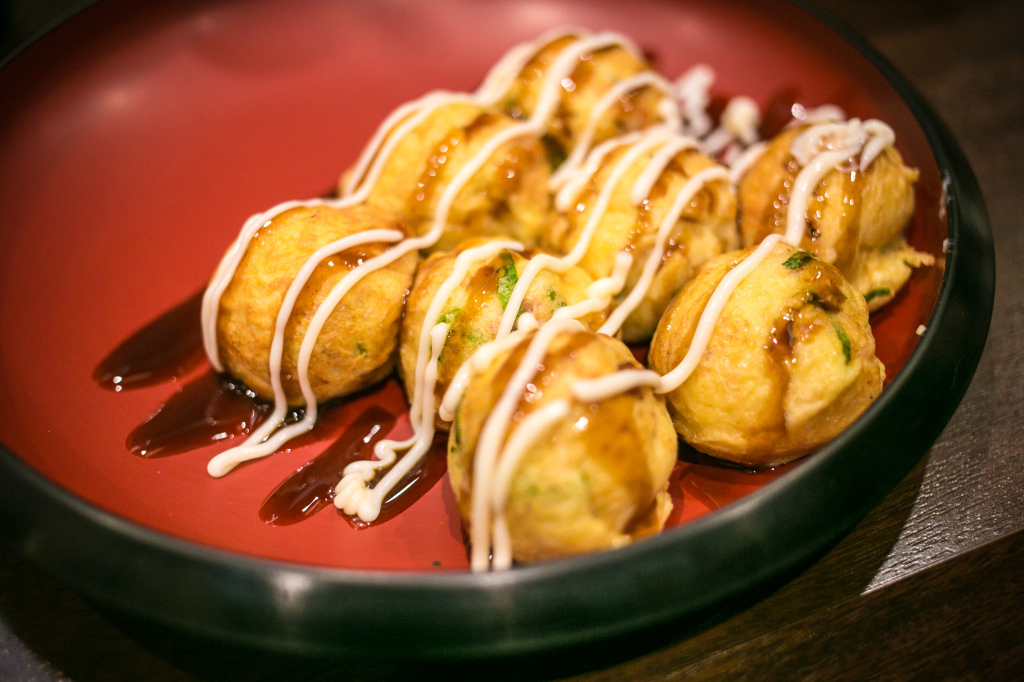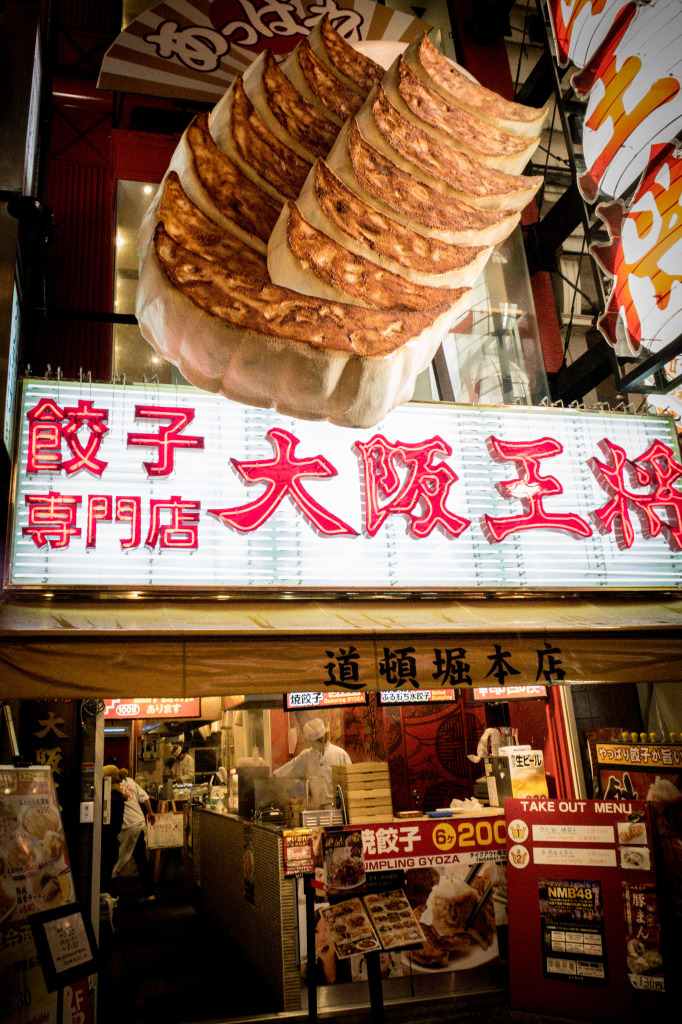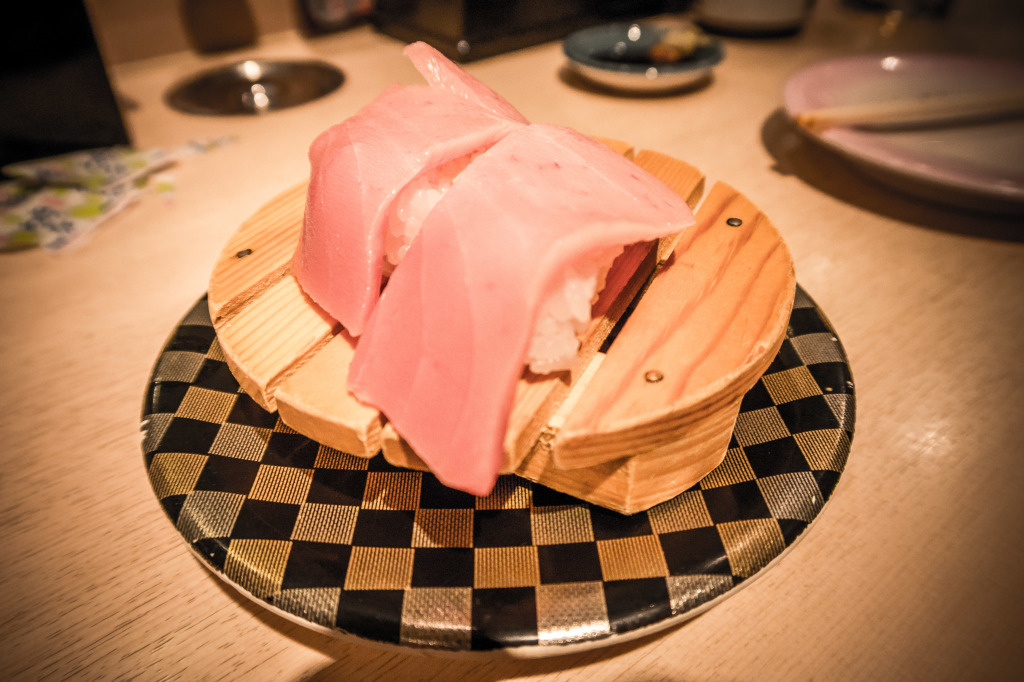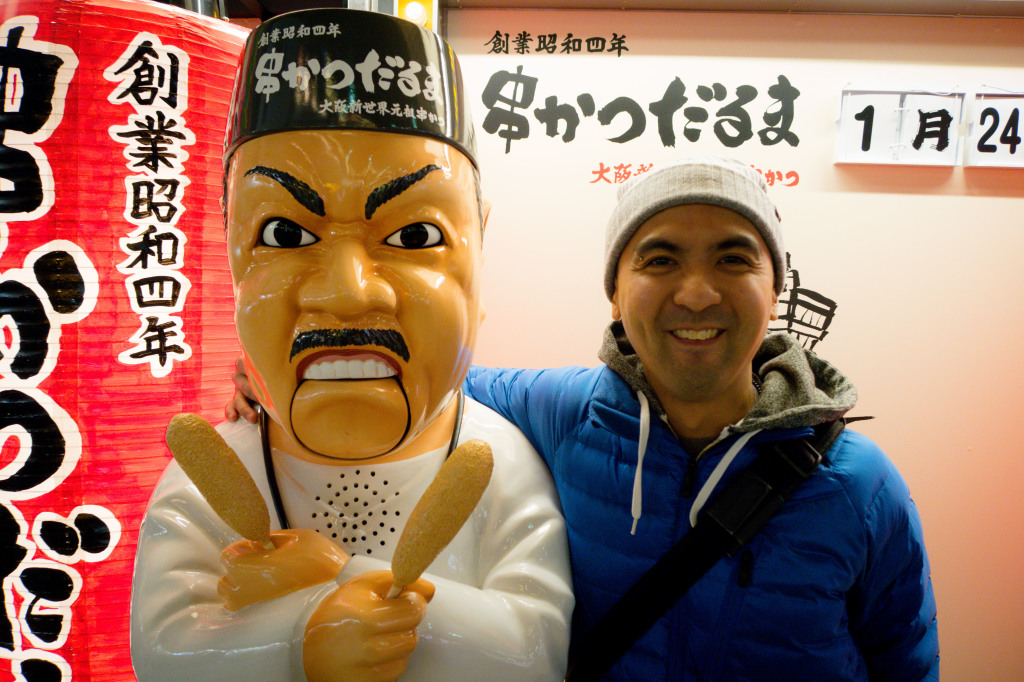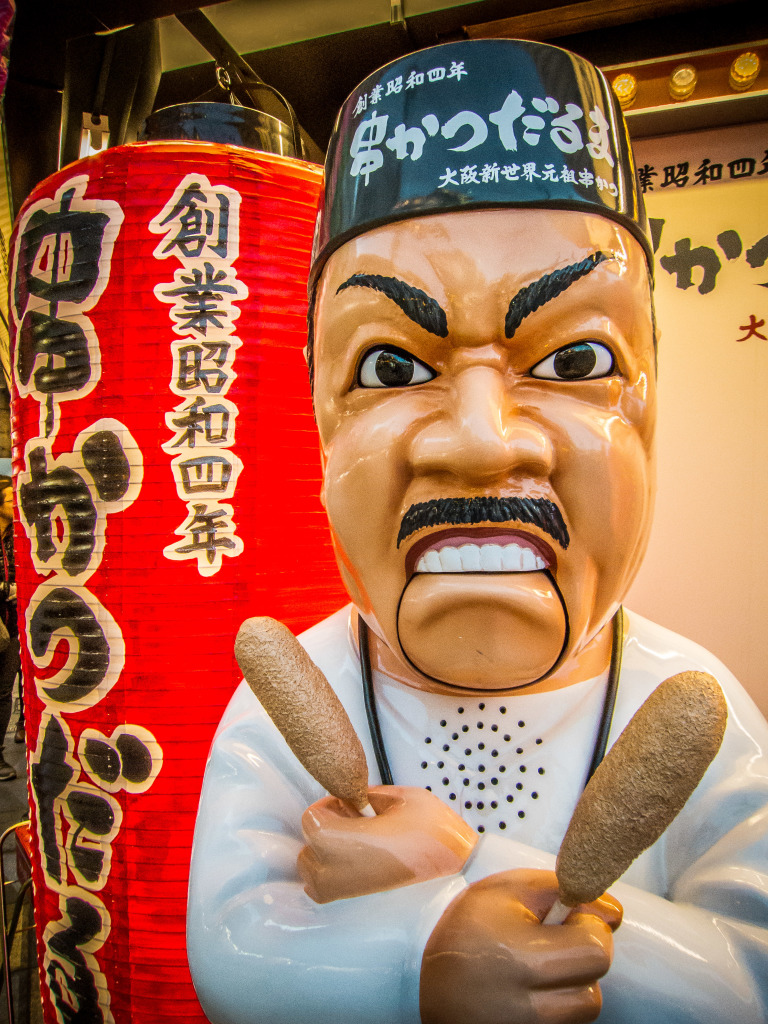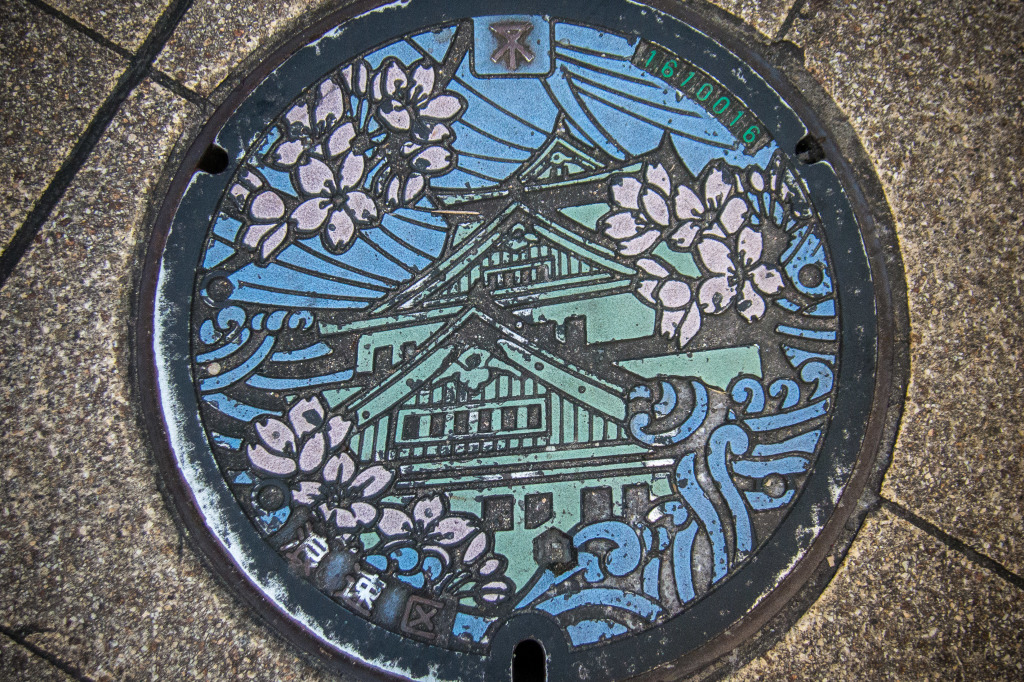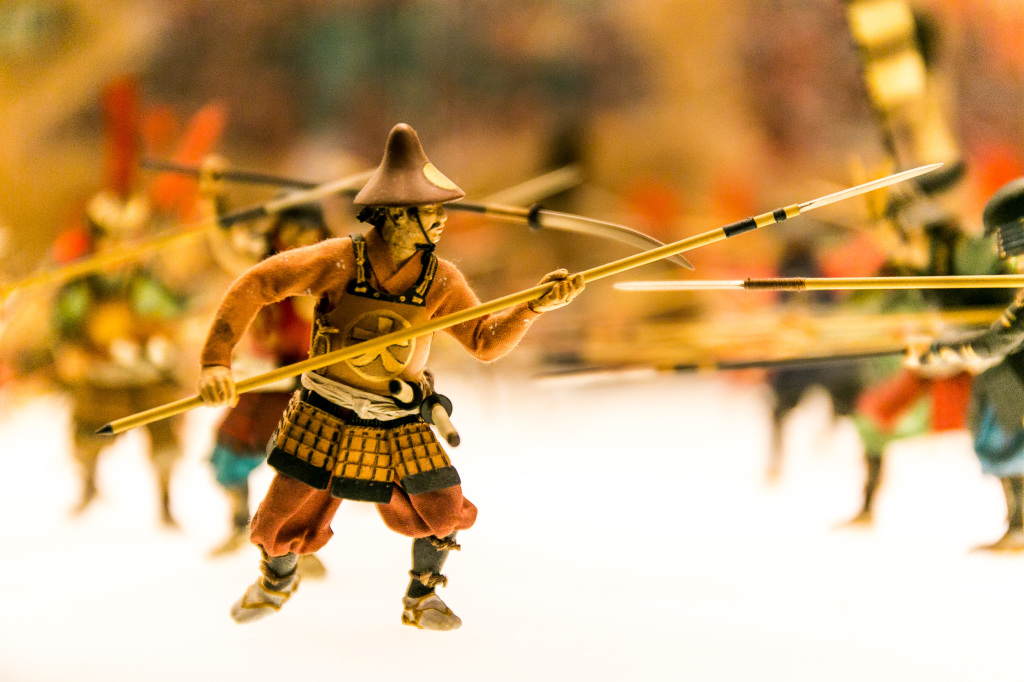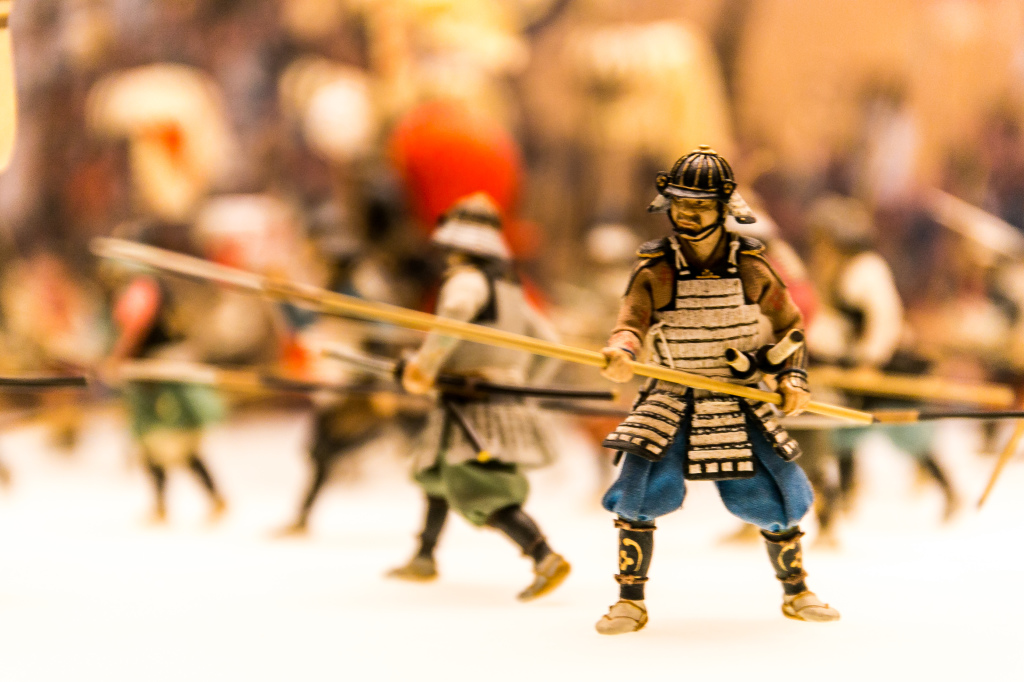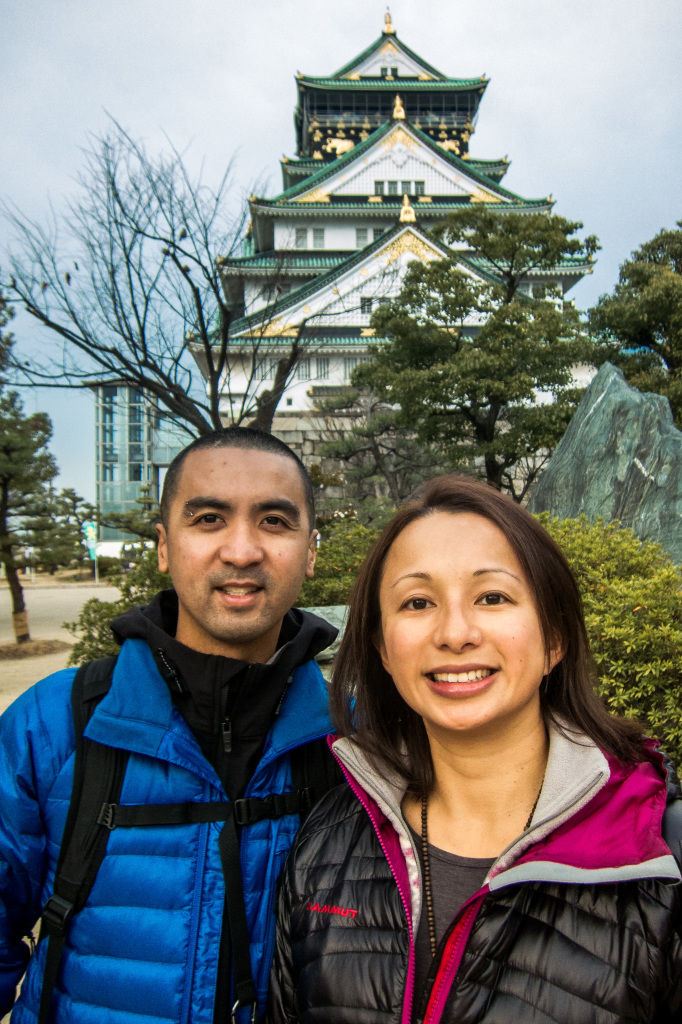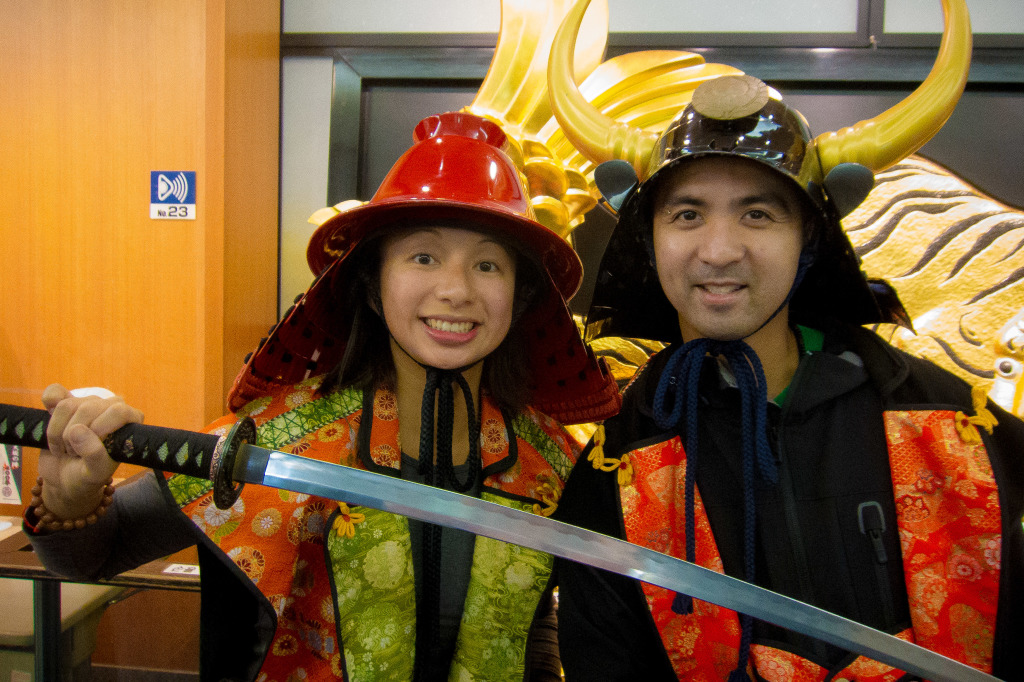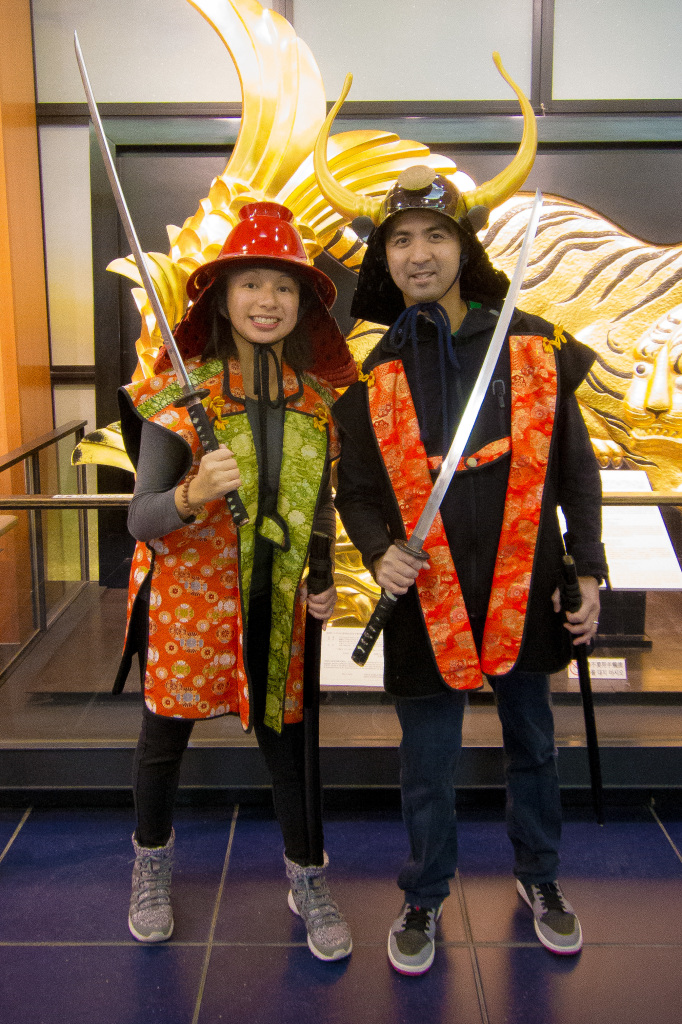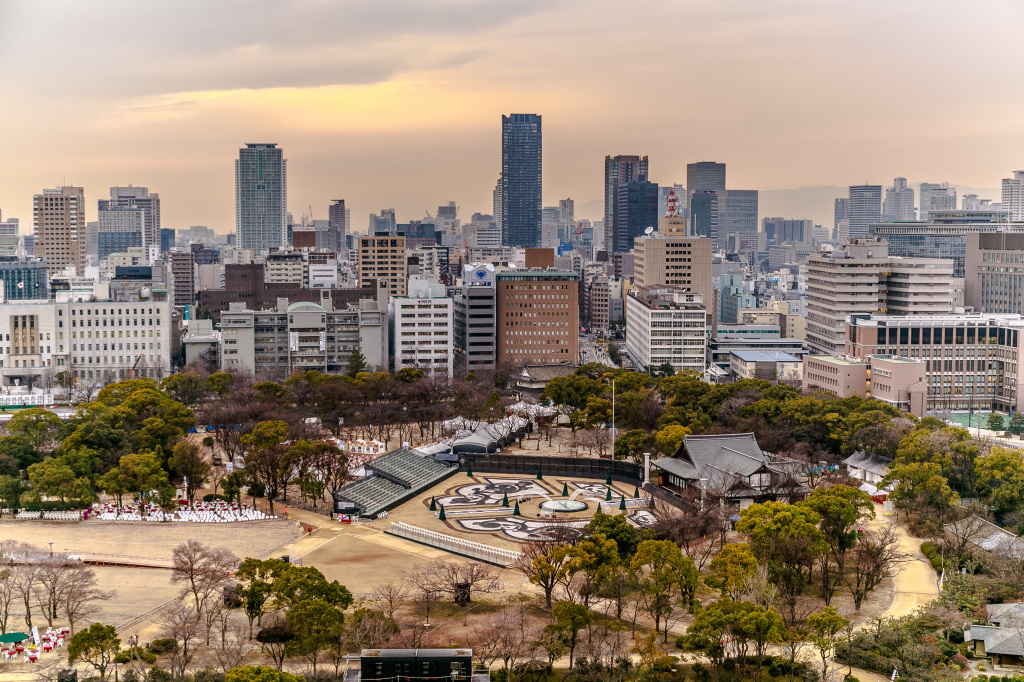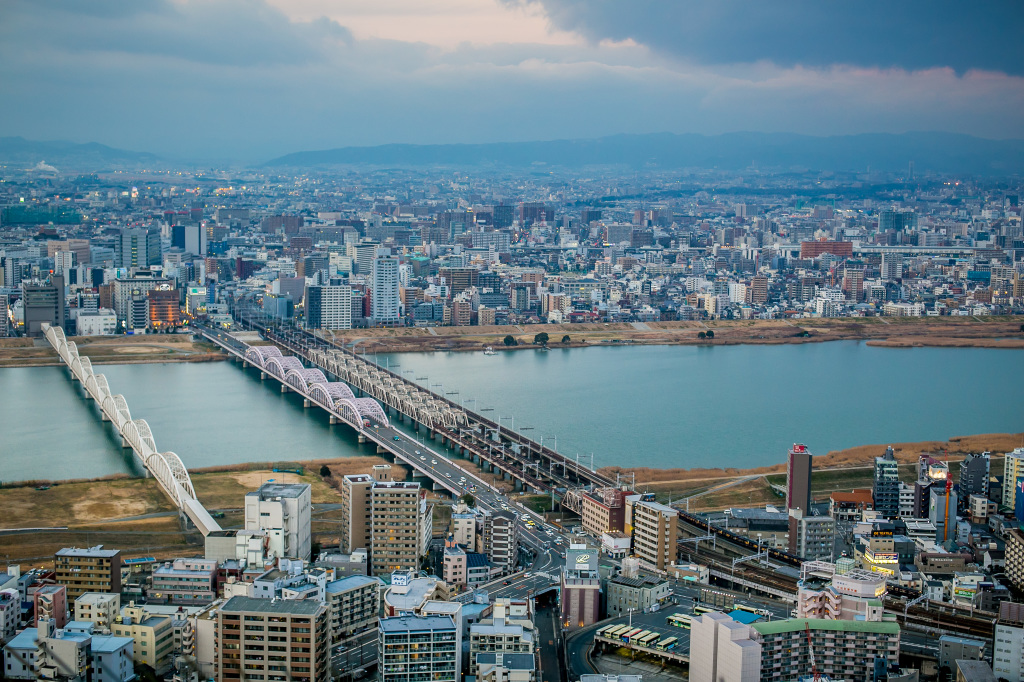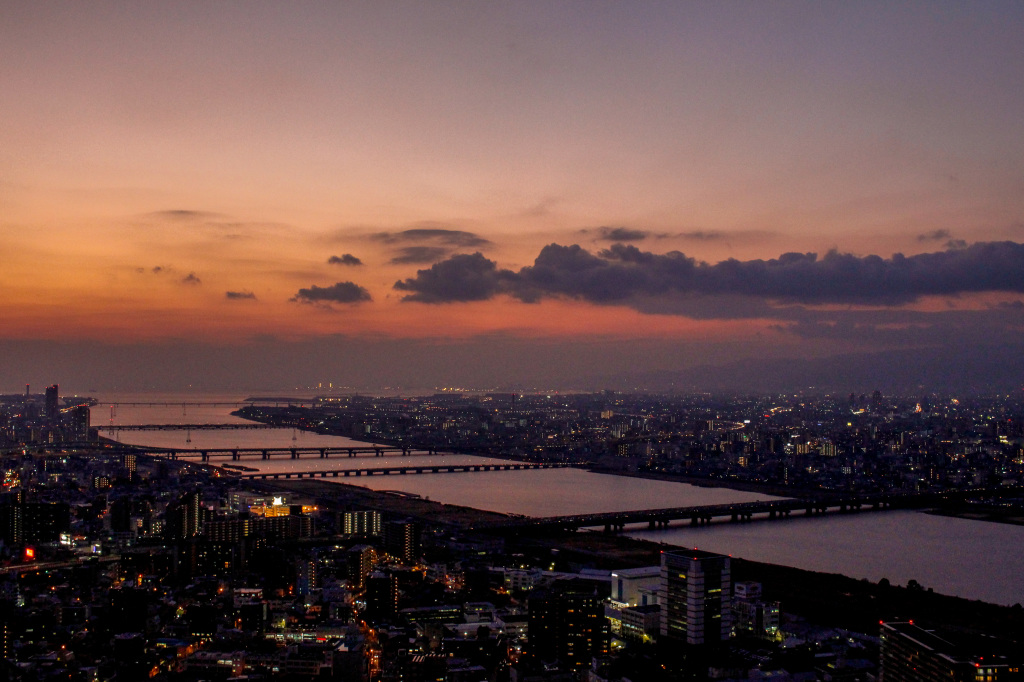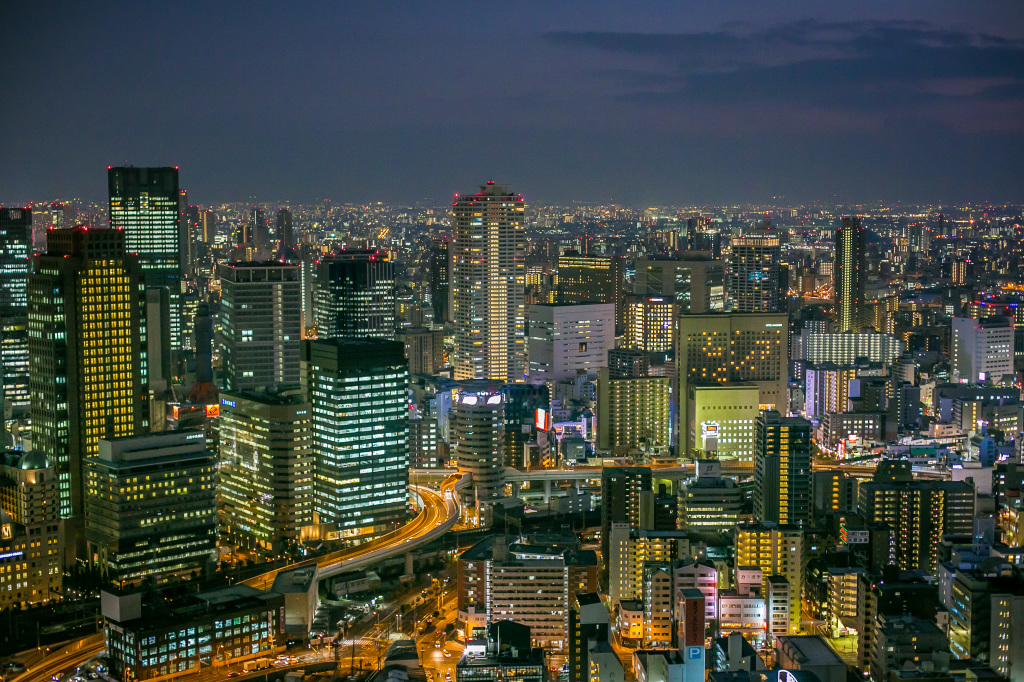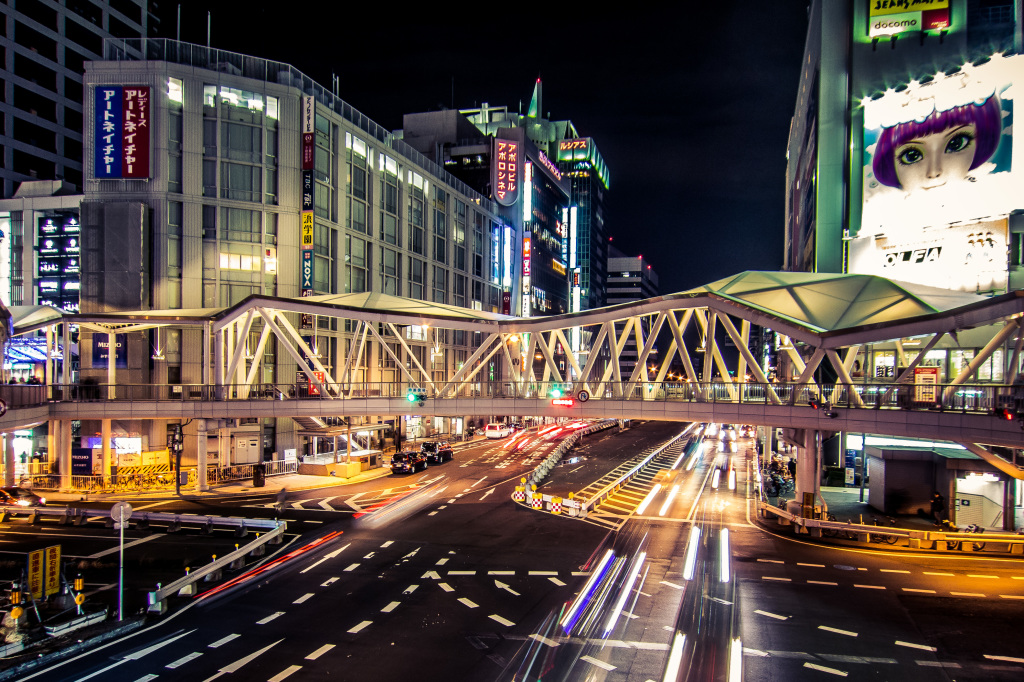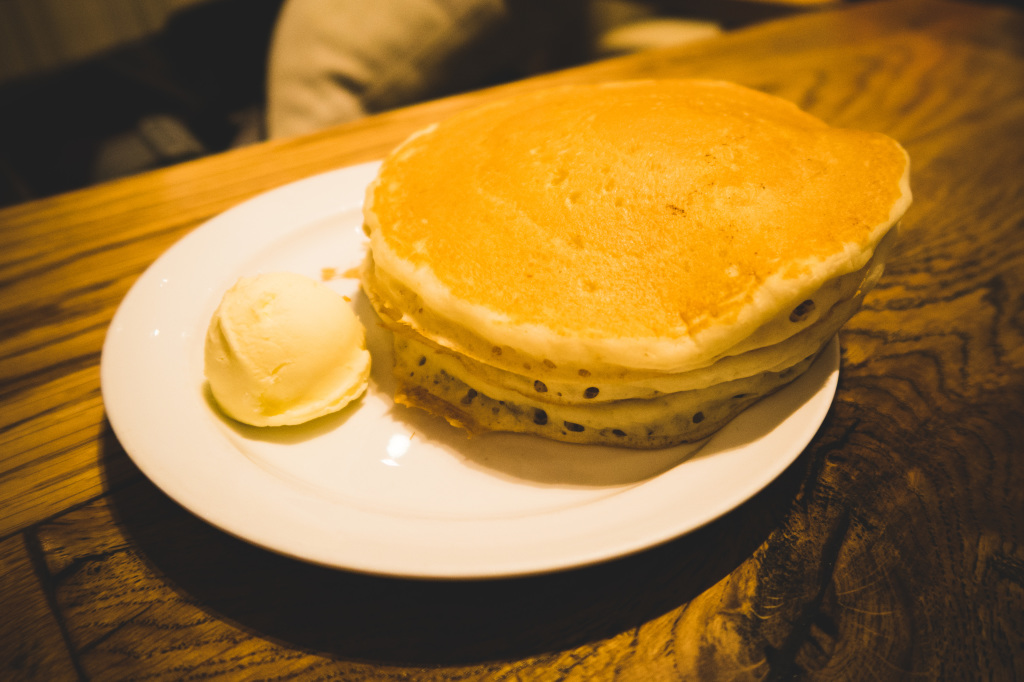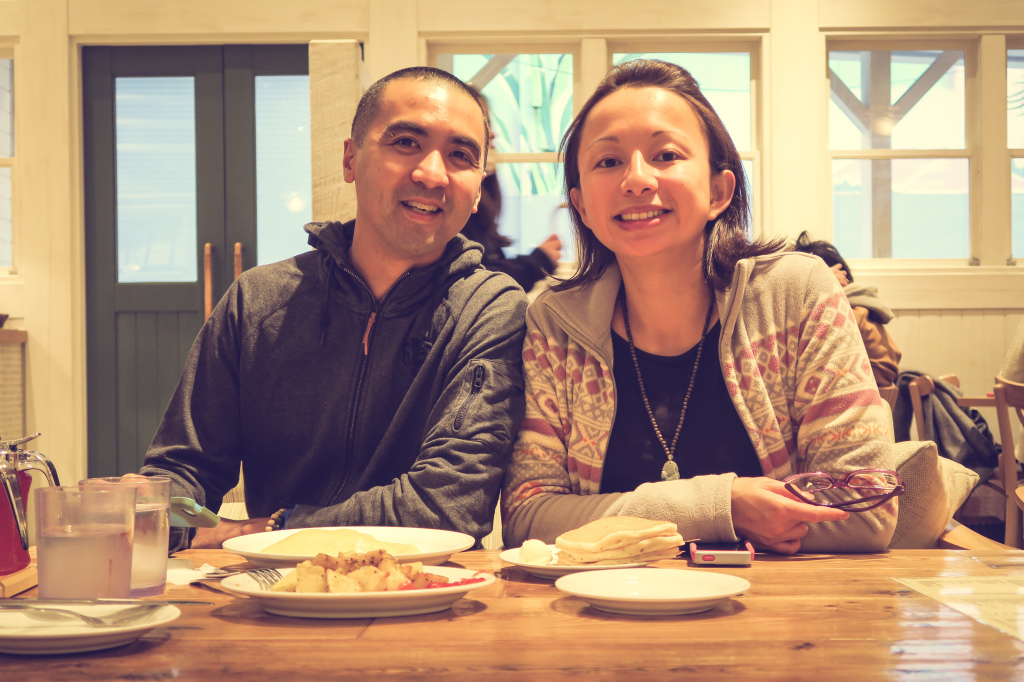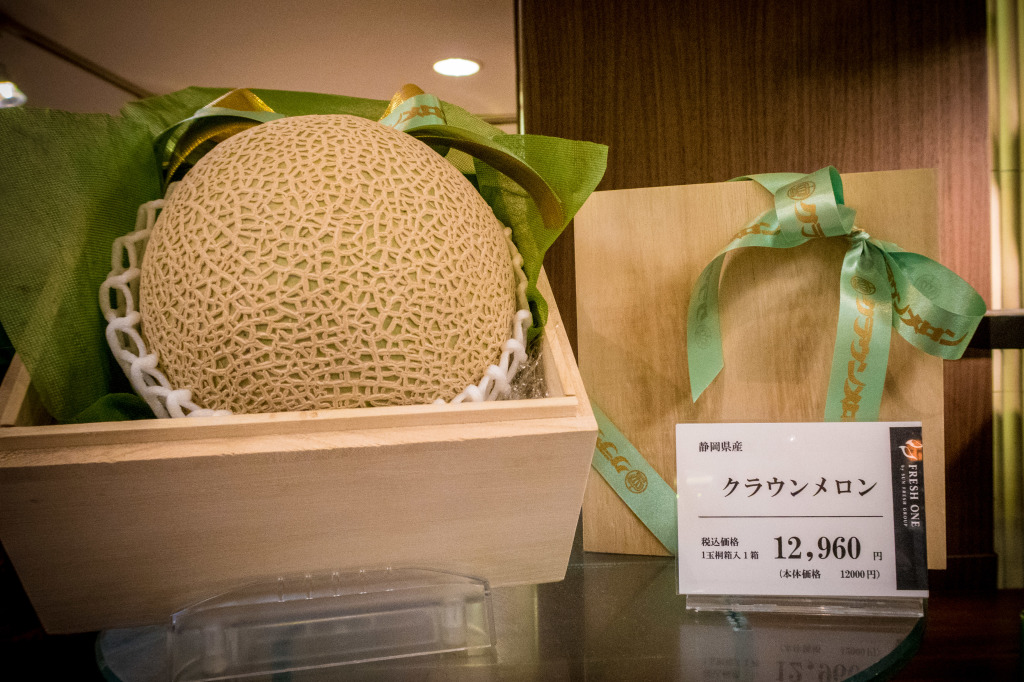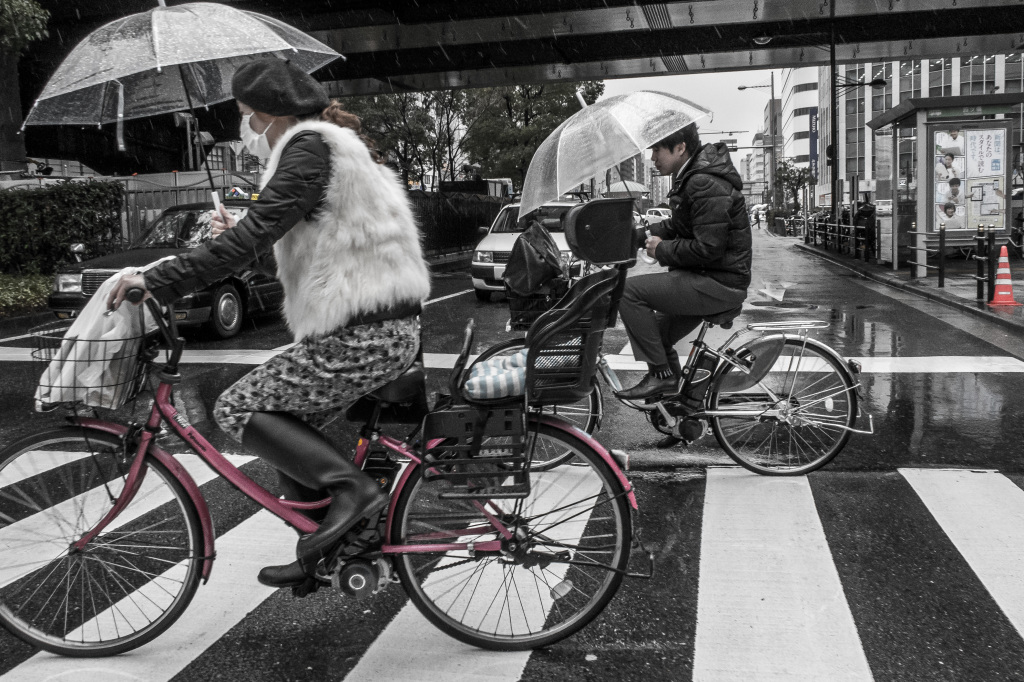Osaka sits in the same Kansai prefecture as Kyoto. A quick 45 mins train ride landed us right in Osaka station. Train stations in Japan are adventures on it’s own. The major stations of each cities are often dressed with many great shops and restaurants. Never worry on going hungry while traveling via rail. Osaka is considered a food city to many locals and visitors.
Dontonbori is a main food street serving their local dishes. Takoyaki (octopus balls) & okonomiyaki (savory pancake made with mainly cabbage and variety of ingredients) are popular to eat. The street also make for great photos with their eccentric and illuminated style.
The locals in Osaka are friendly and animated. Some may say it’s the grittier and louder city vs Tokyo. Either way, it makes a pleasant visit even just for the food.
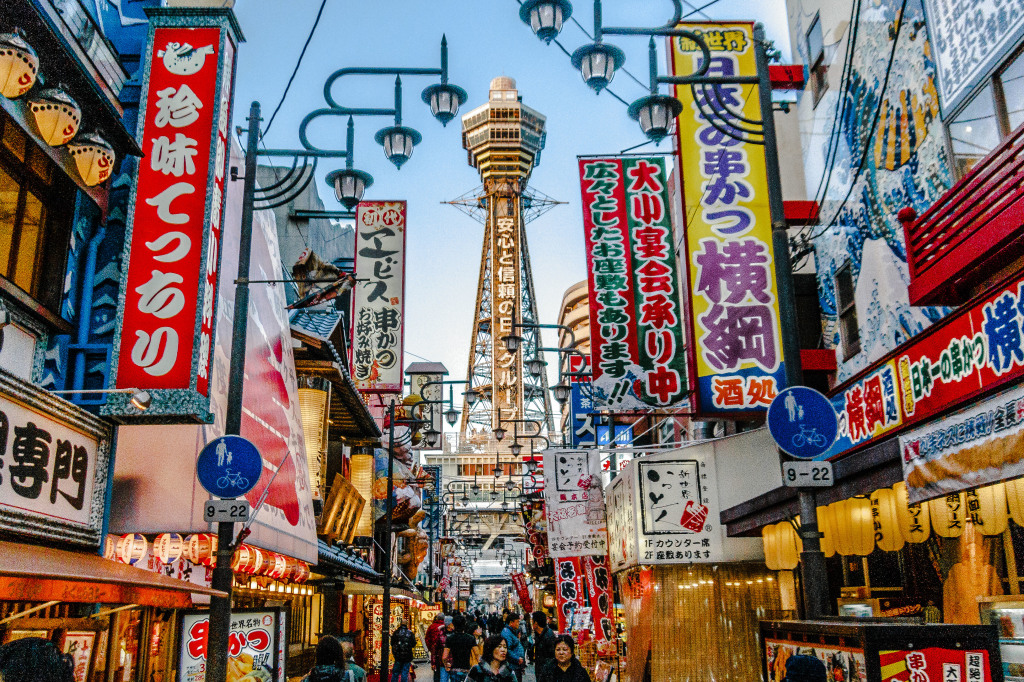
Shinsekai is Osaka’s “new world,” a district that was developed before the war and then neglected in the decades afterwards. At the district’s center stands Tsutenkaku Tower.
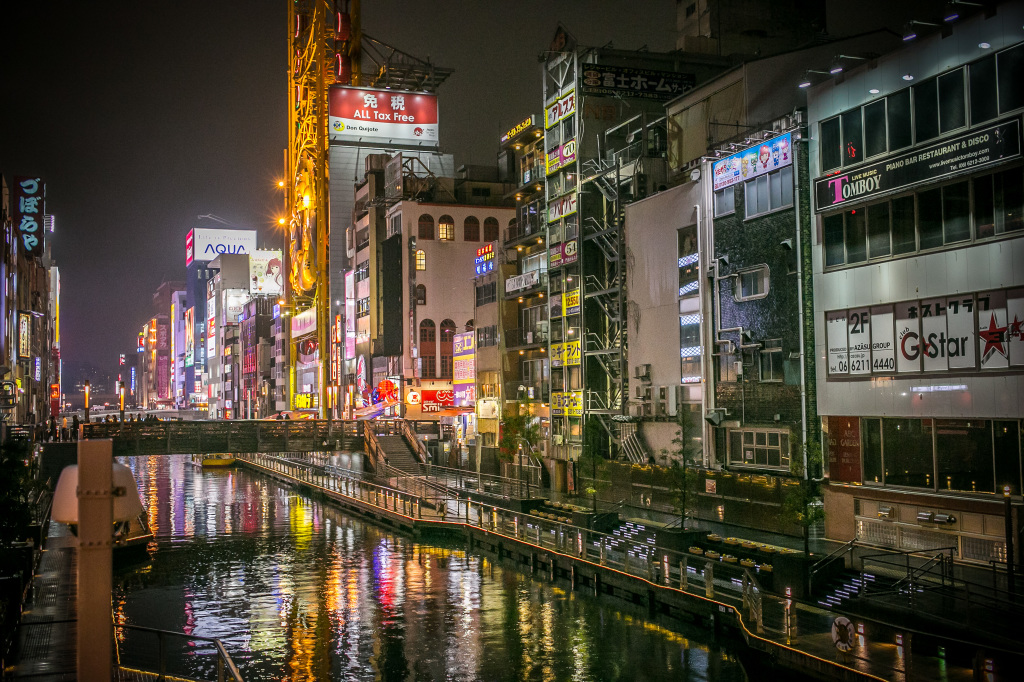
Dōtonbori is one of the principal tourist destinations in Osaka, Japan, running along the Dōtonbori canal from Dōtonboribashi Bridge to Nipponbashi Bridge in the Namba district of the city’s Chuo ward.
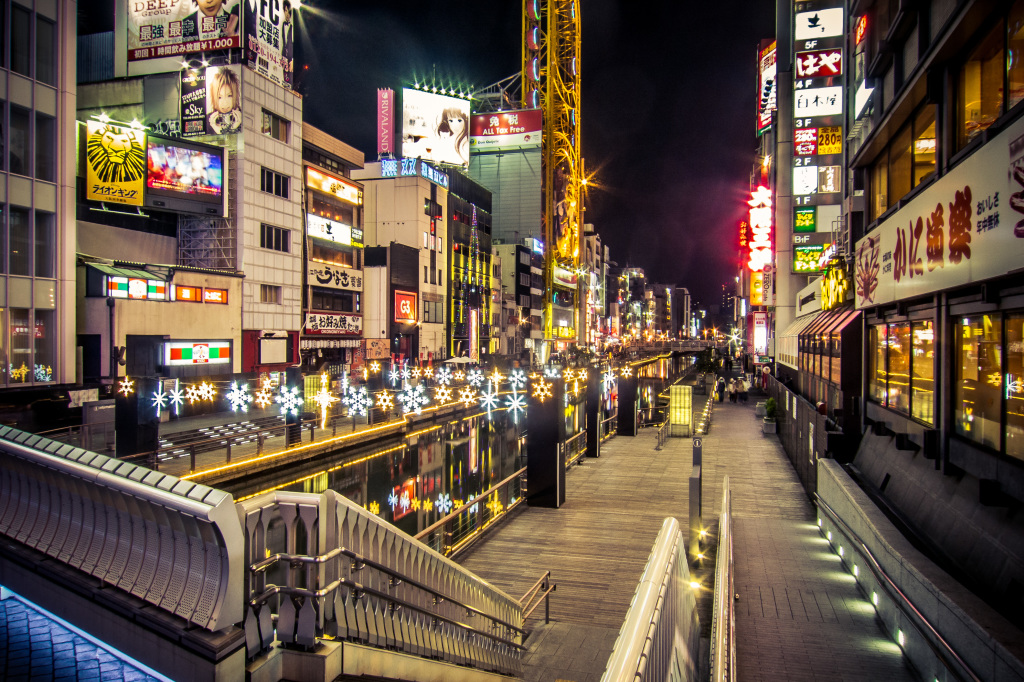
Historically a theater district, it is now a popular nightlife and entertainment area characterized by its eccentric atmosphere and large illuminated signboards.
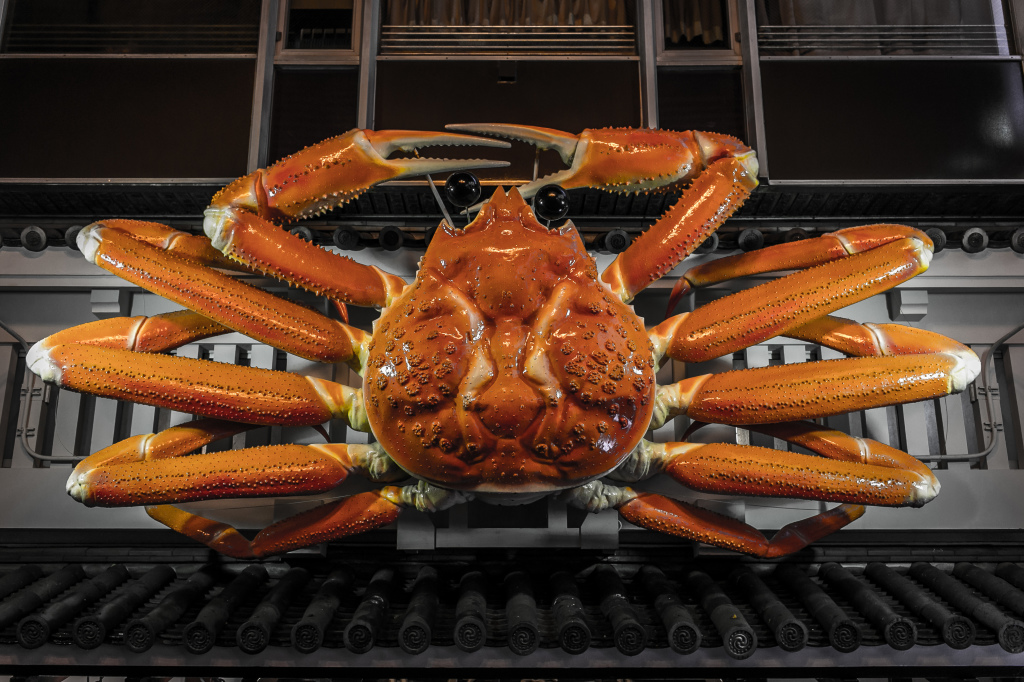
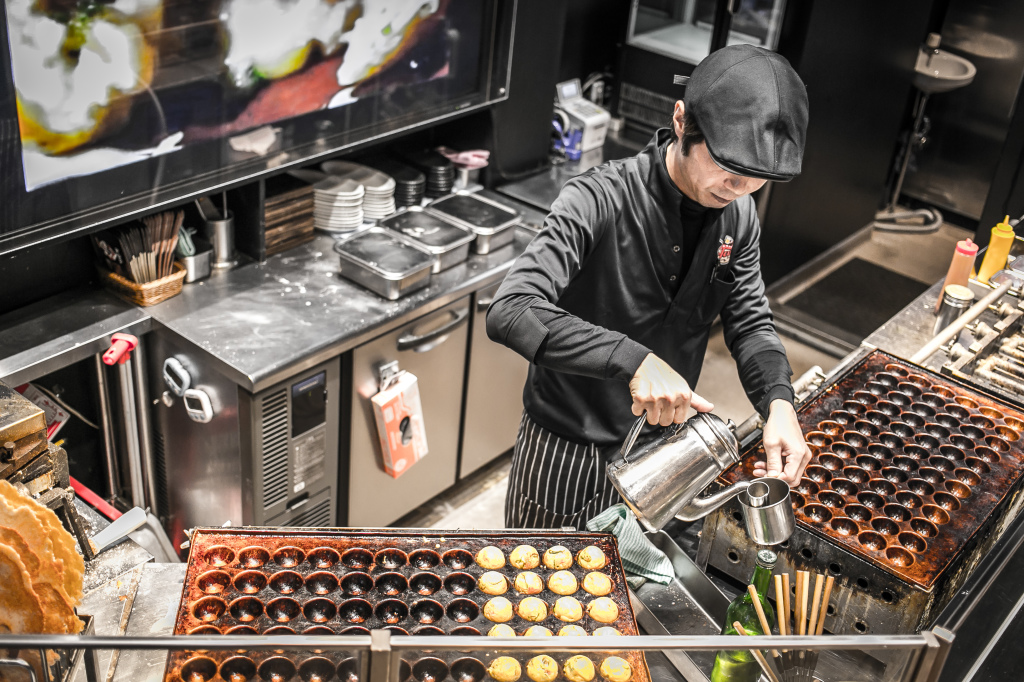
Takoyaki is a ball-shaped Japanese snack made of a wheat flour-based batter and cooked in a special takoyaki pan.
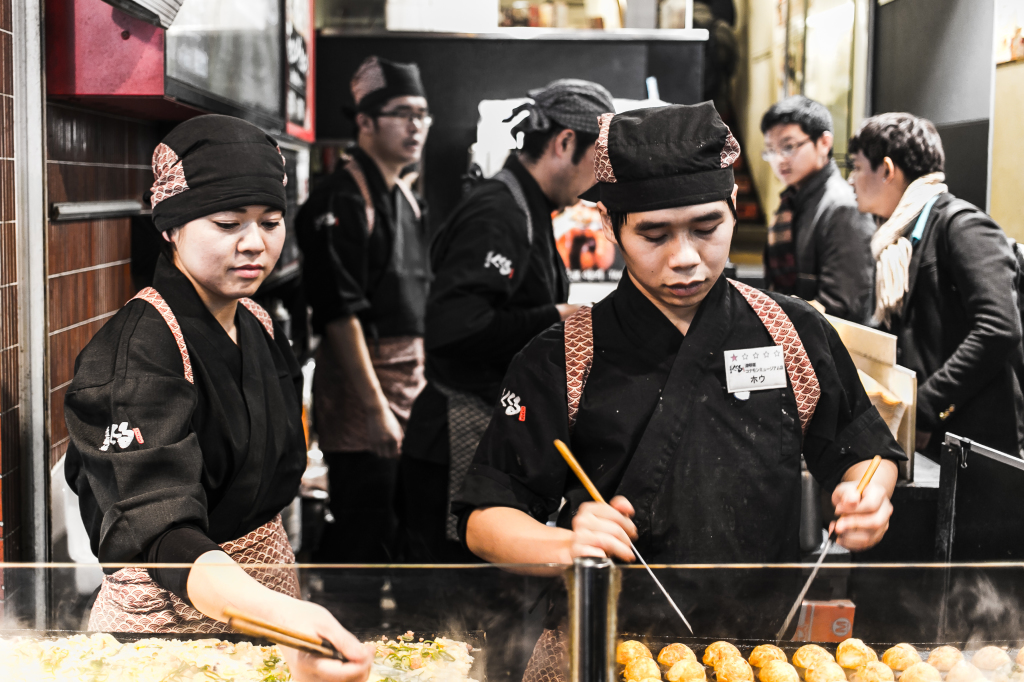
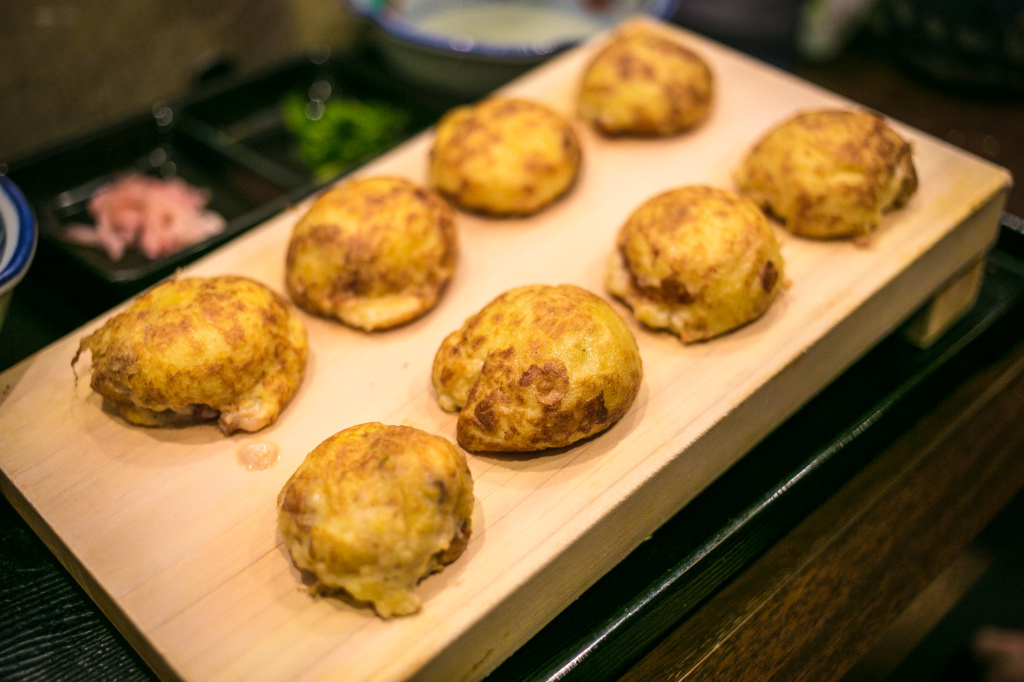
It is typically filled with minced or diced octopus (tako), tempura bits, pickled ginger, and green onion.

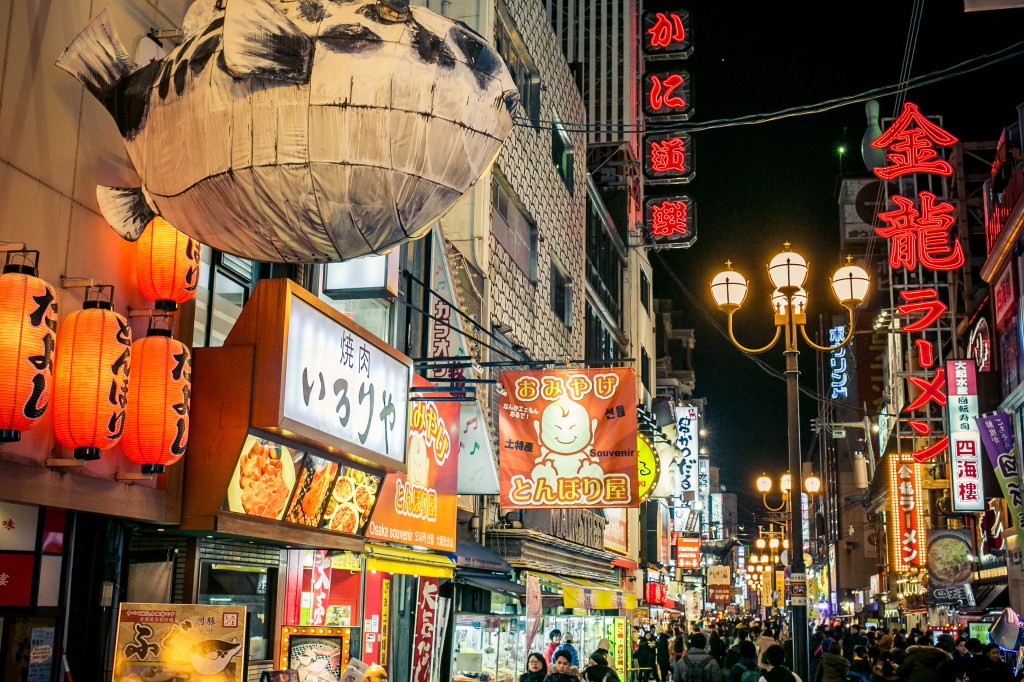
Dōtonbori is often considered the mecca of the city’s penchant for cheap, good food, and as such is often highlighted in guidebooks as a “must see” destination for visitors to the city. Dōtonbori Ave, running parallel to the canal, exemplifies the flamboyance of Osaka’s Kuidaore culture.
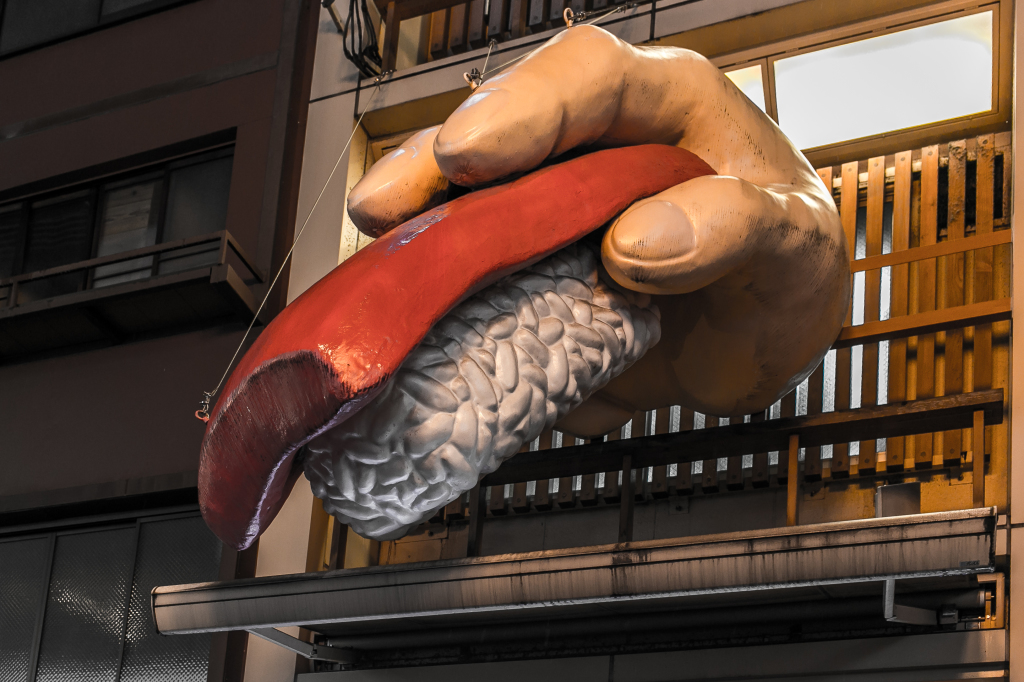
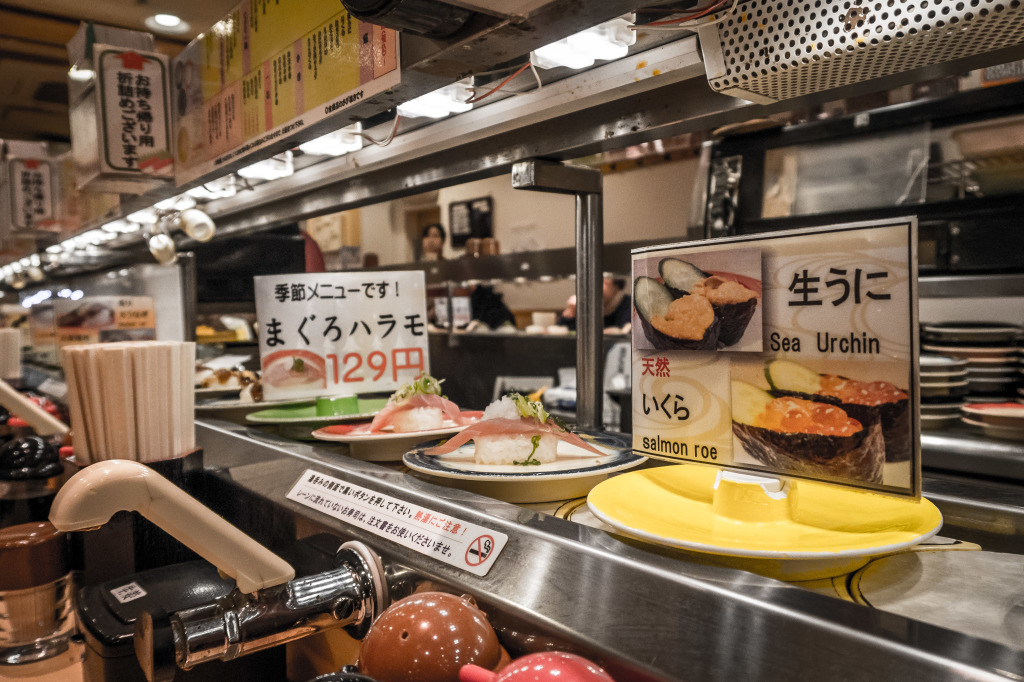
Kaiten-zushi, literally “rotation sushi”, also called sushi-go-round is a form of fast-food sushi common in Japan. Conveyor belt sushi boom started in 1970 after a conveyor belt sushi restaurant served sushi at the Osaka World Expo.
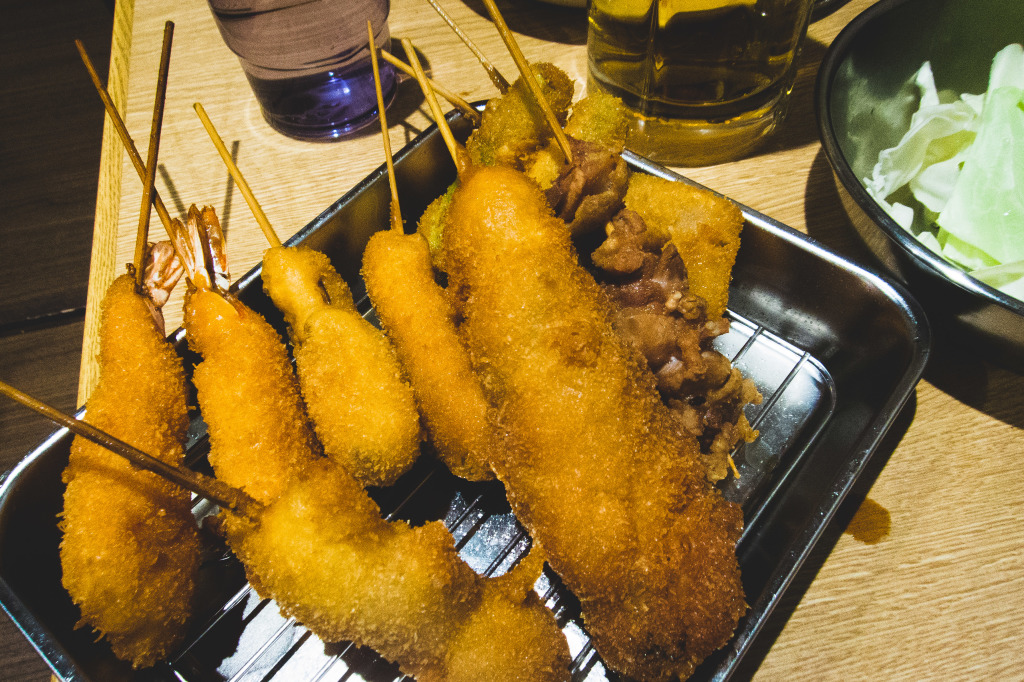
Kushikatsu, one of Osaka’s best known specialties. It is a dish, composed of various skewered, battered and deep fried foods. Varieties range from chicken and beef, to pumpkin and asparagus, to the banana and ice cream dessert varieties.
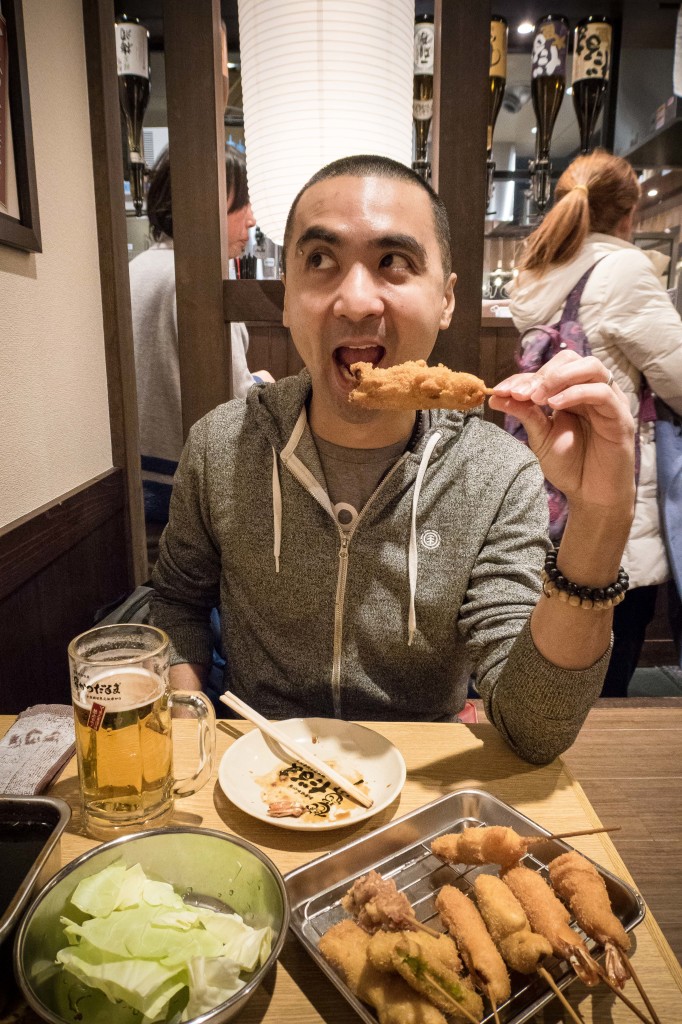
Enjoying some deep fried goodness. There’s one important rule when eating kushikatsu – No double dipping on the communal sauce 🙂
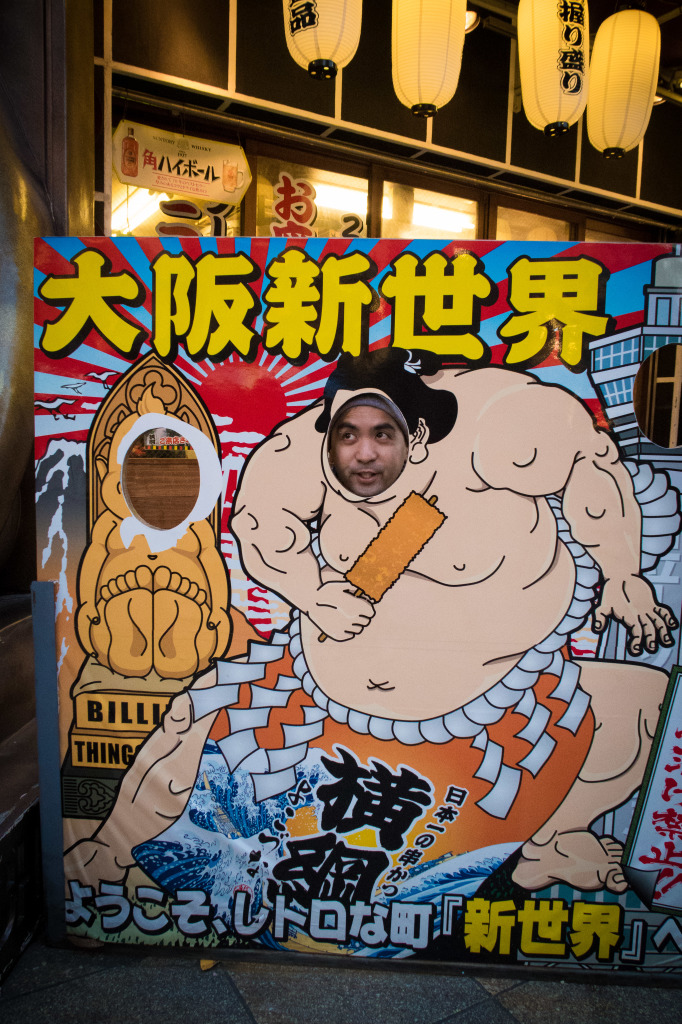
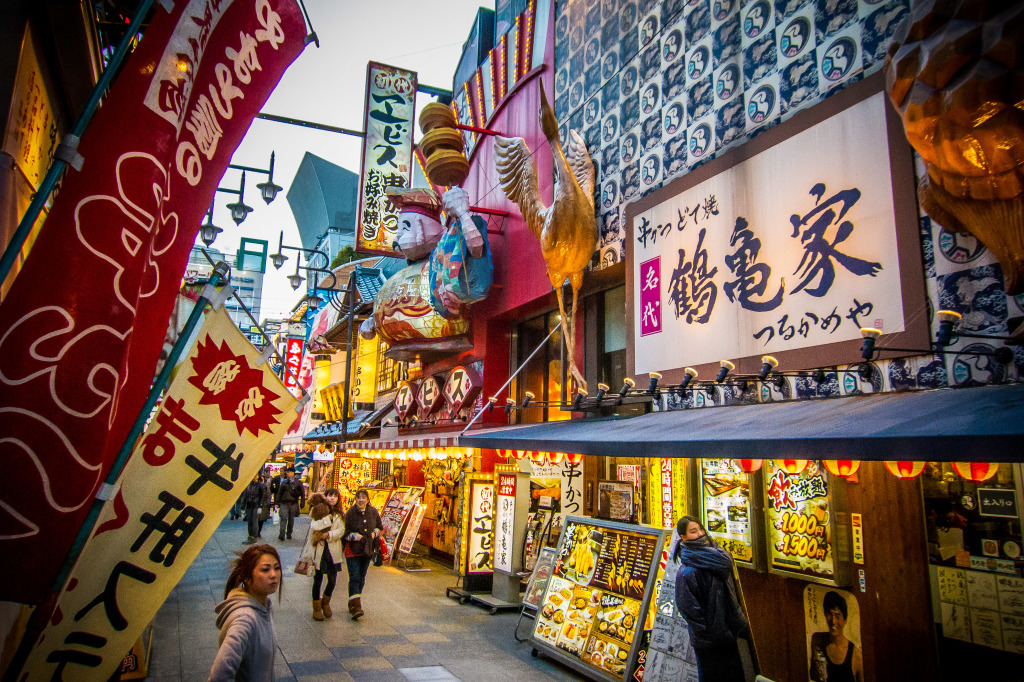
Many kushikatsu restaurants are open 24 hours, but only truly come alive when the lights come on at night.
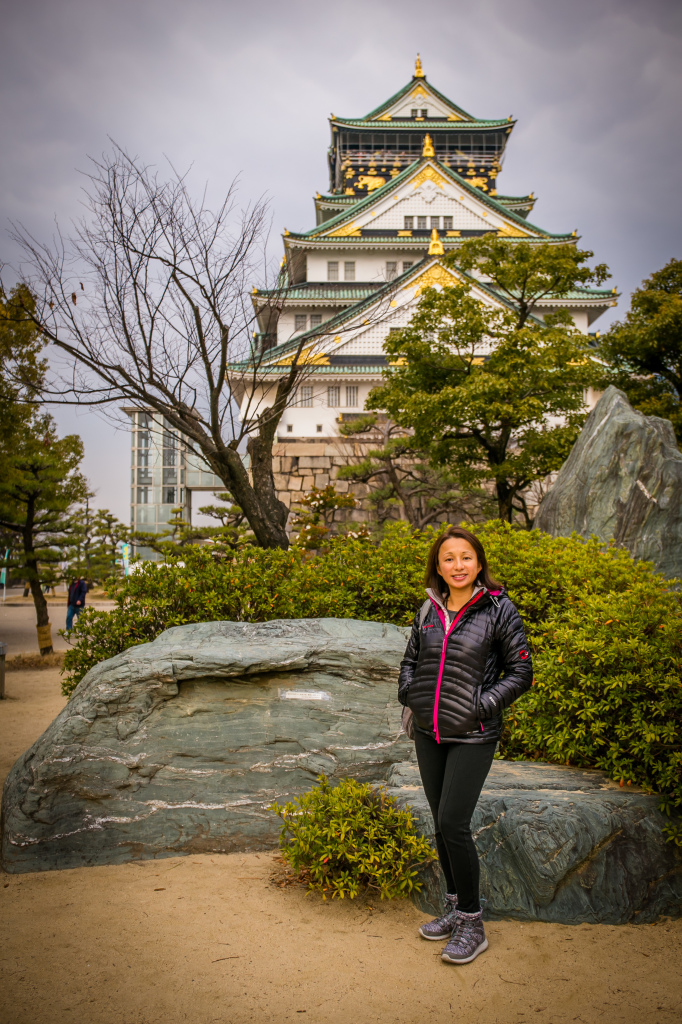
Osaka Castle is a Japanese castle in Chūō-ku, Osaka, Japan. The castle is one of Japan’s most famous and it played a major role in the unification of Japan during the sixteenth century.
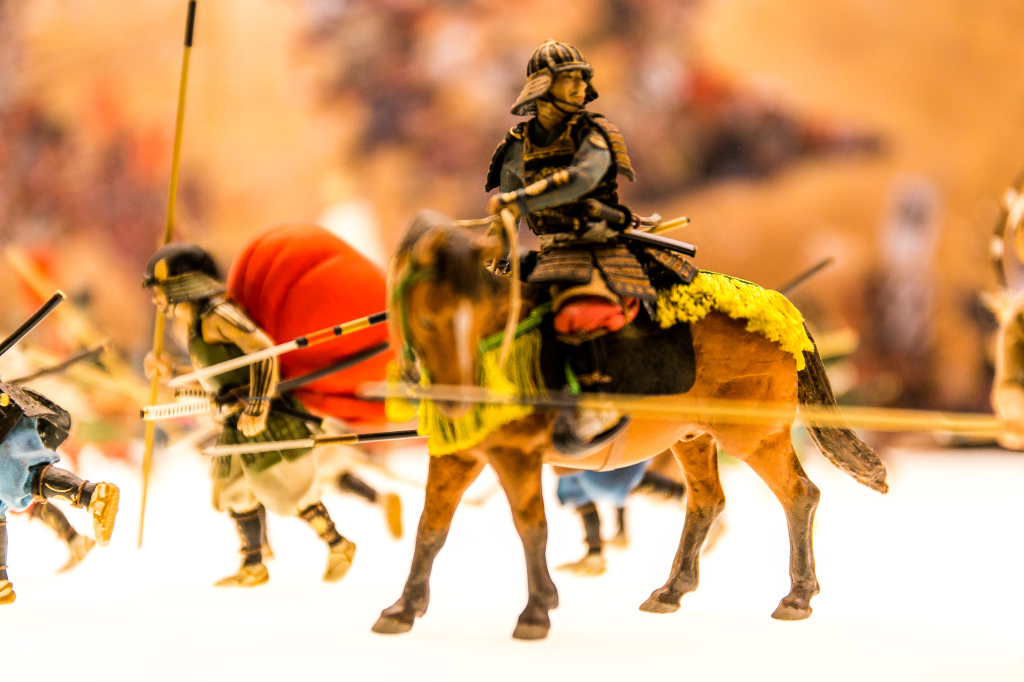
The Siege of Osaka was a series of battles undertaken by the Tokugawa shogunate against the Toyotomi clan, and ending in that clan’s destruction.
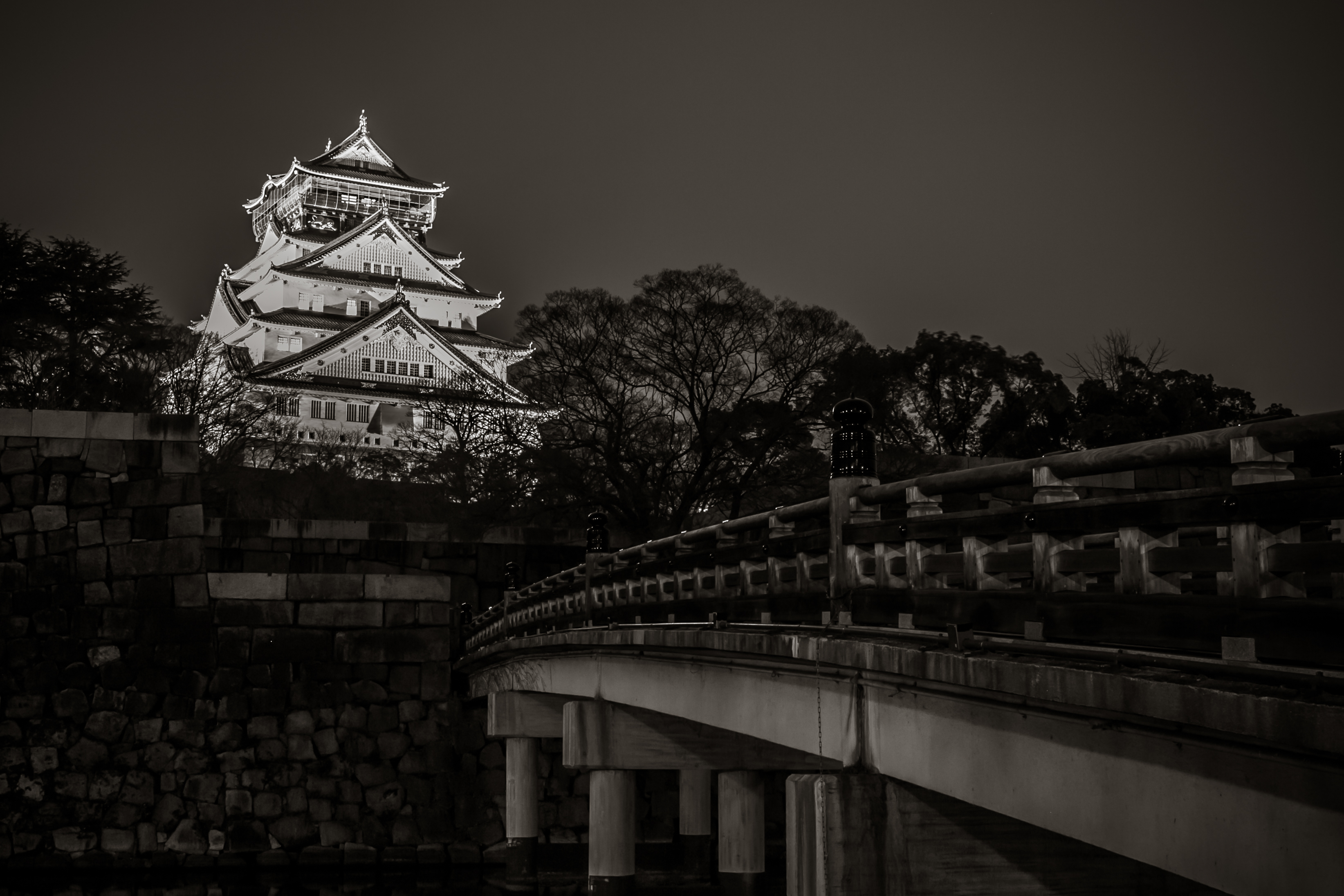
The main tower of Osaka Castle is situated on a plot of land roughly one square kilometer. It is built on two raised platforms of landfill supported by sheer walls of cut rock, using a technique called Burdock piling, each overlooking a moat.
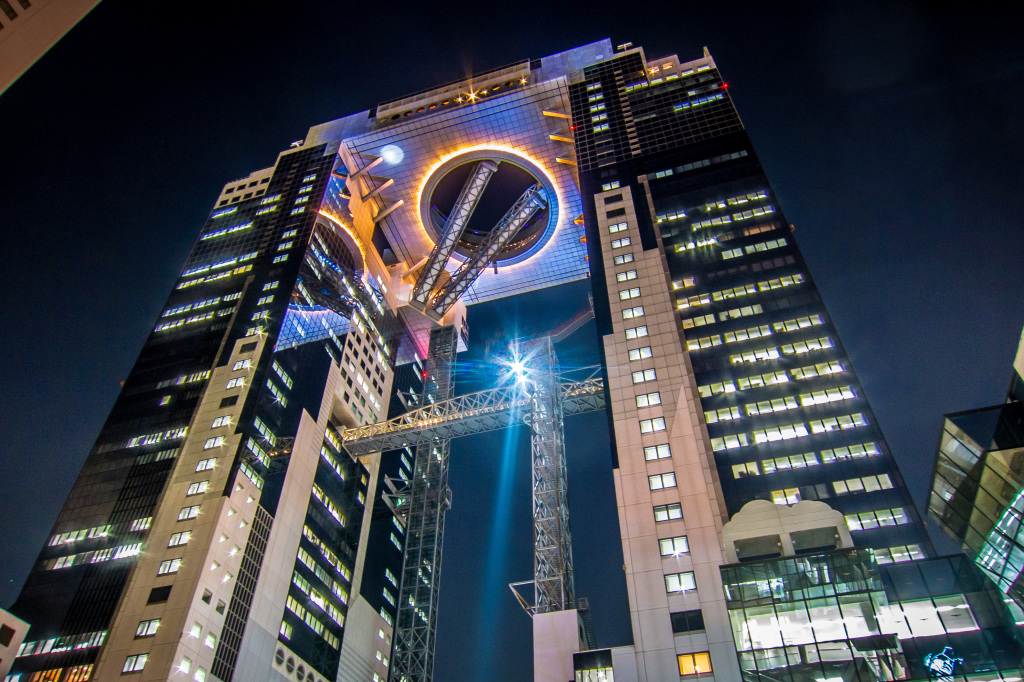
The Umeda Sky Building is one of the city’s most recognizable landmarks. It consists of two 40-story towers that connect at their two uppermost stories, with bridges and an escalator crossing the wide atrium-like space in the center.
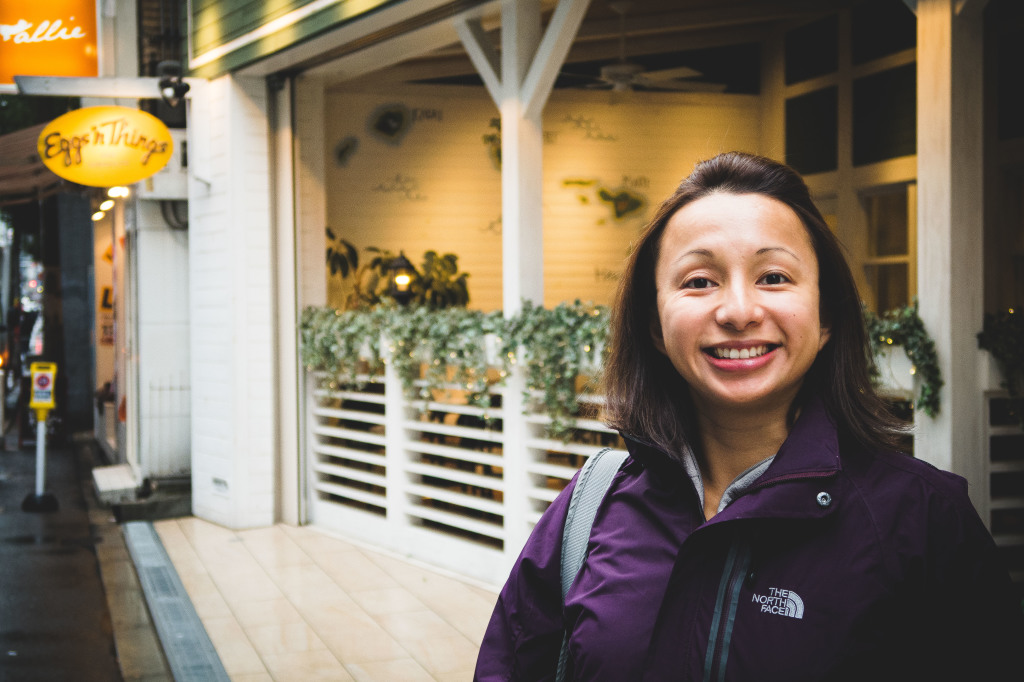
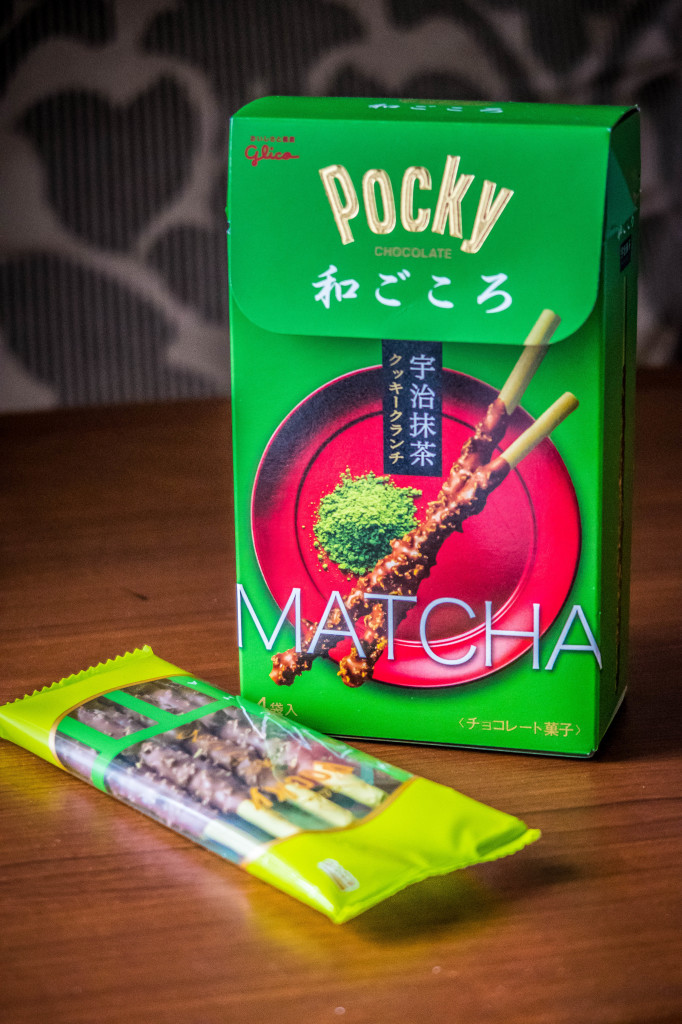
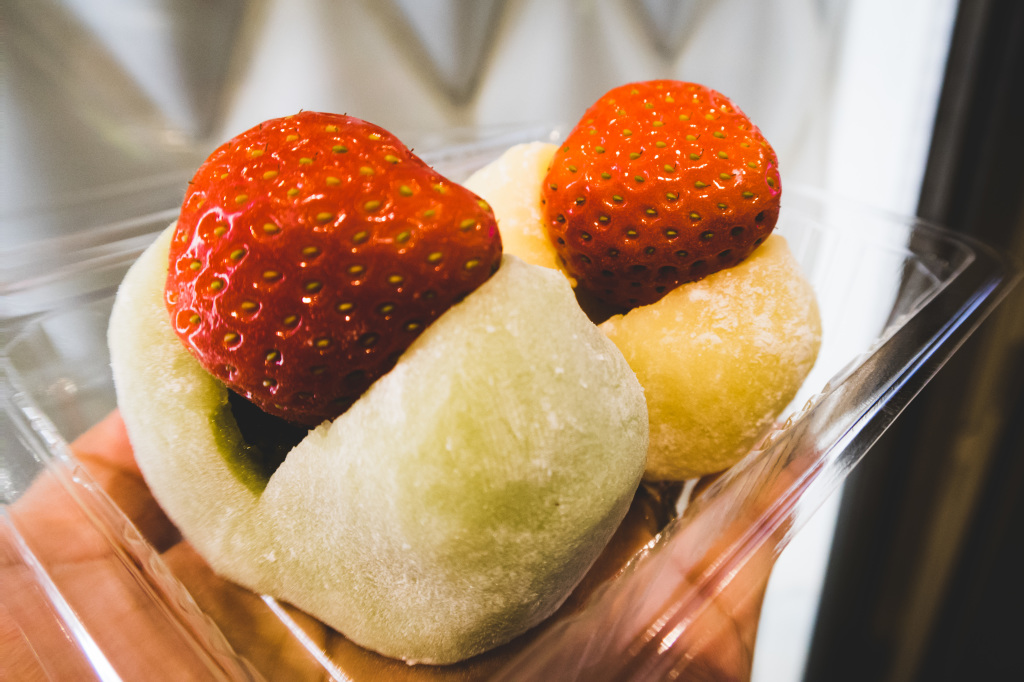
Strawberry Mochi Ball Sweets
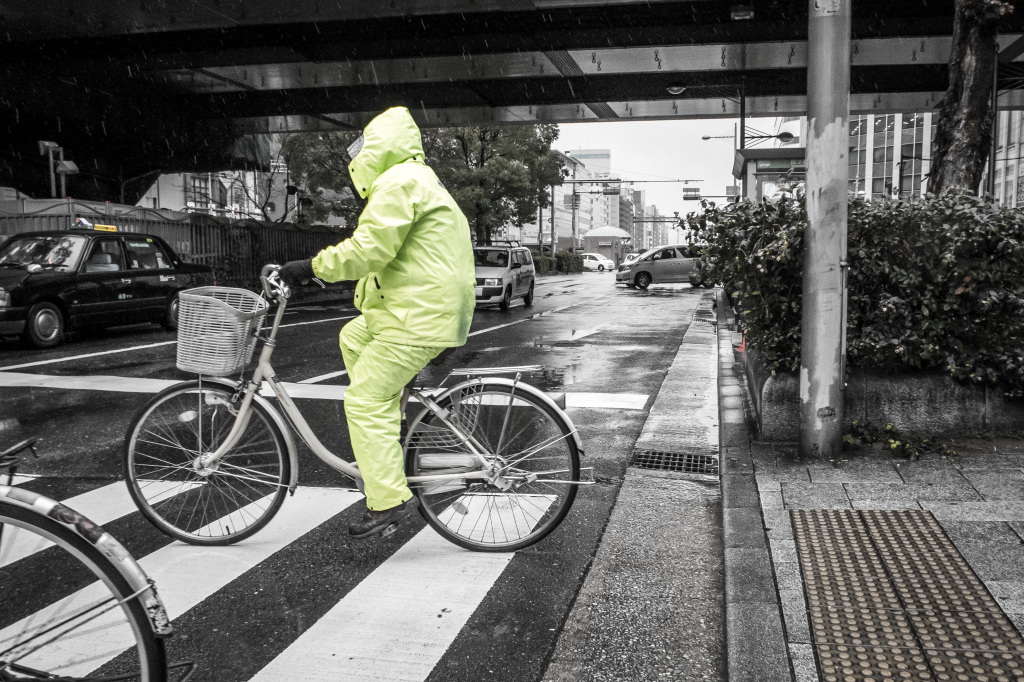
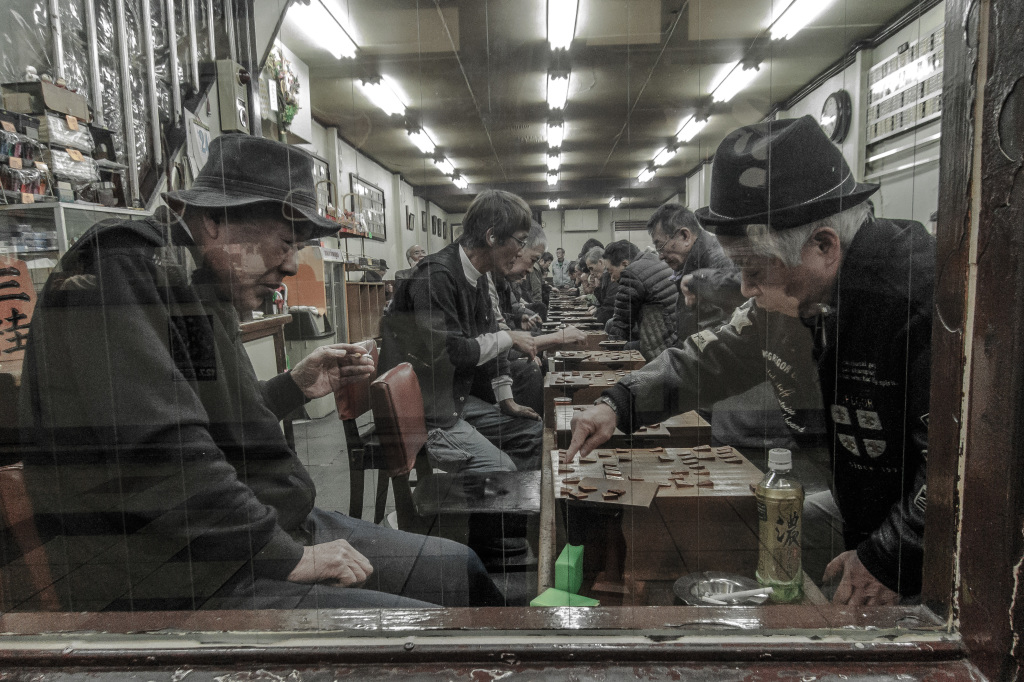
Rain day games…
